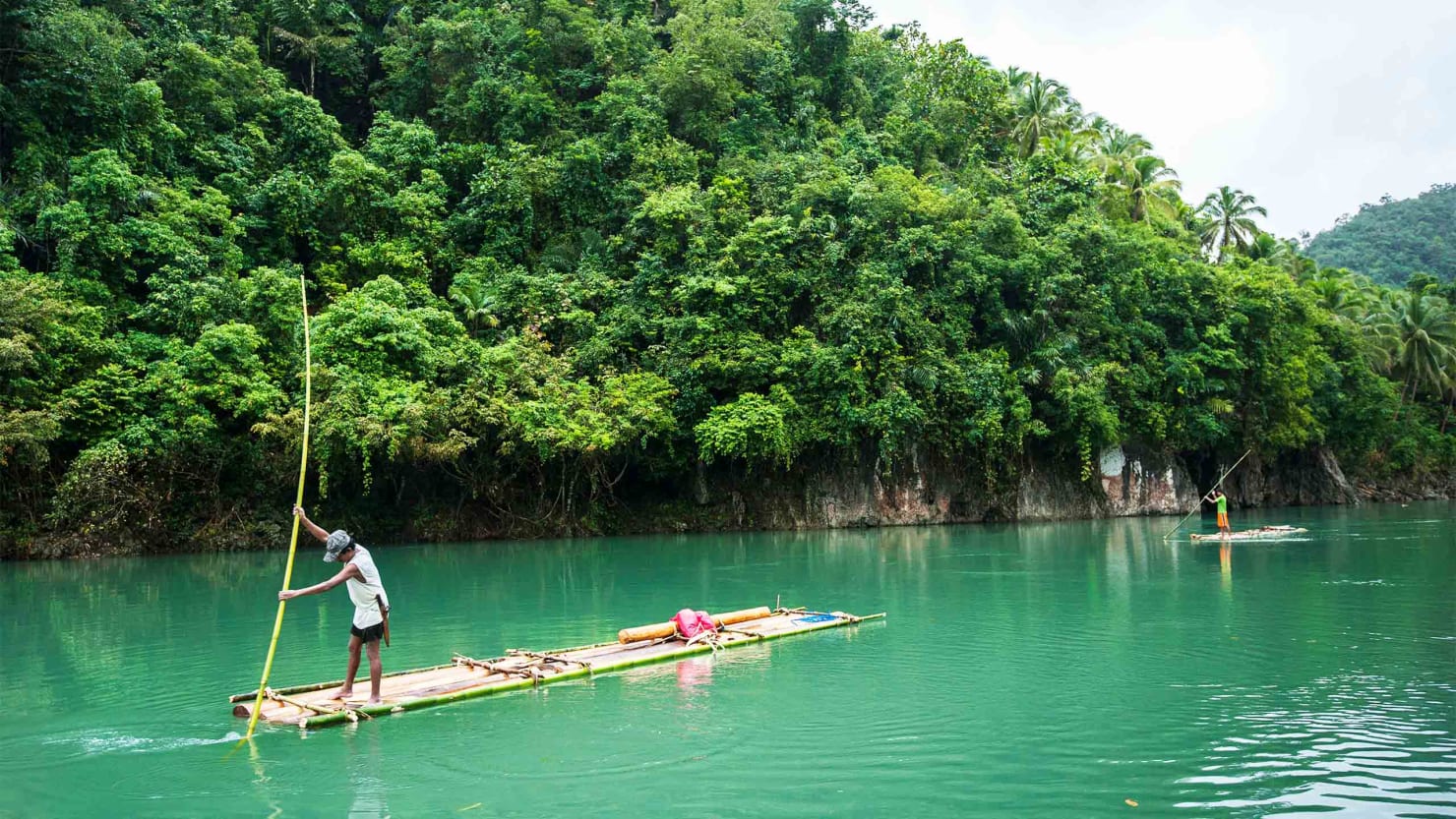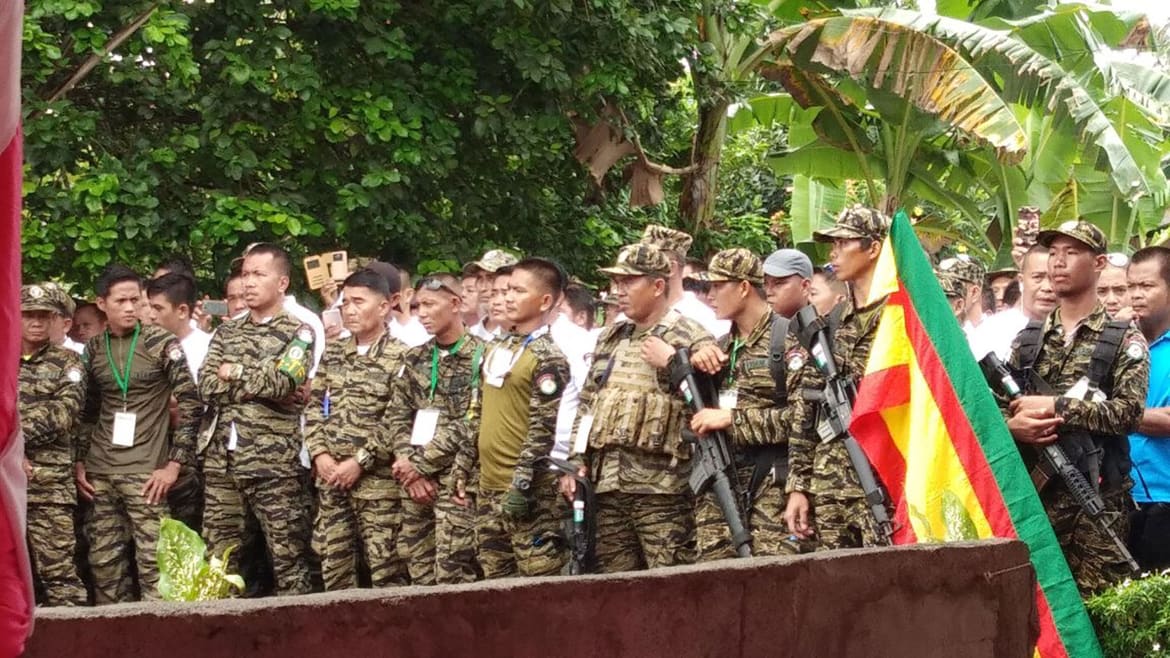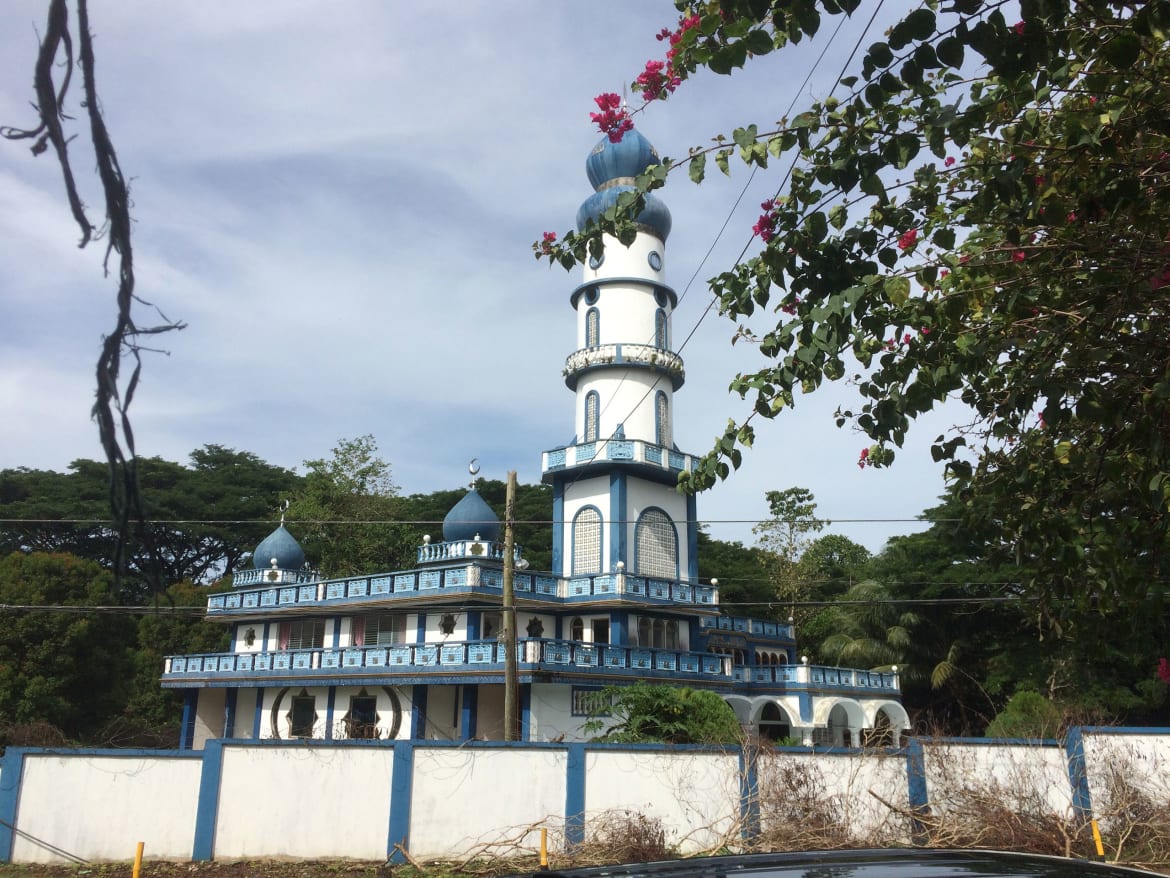It has one of the most beautiful mosques in the world, but decades of violence have plagued Mindanao. Now a potential peace deal has provided hope, and maybe, visitors.

Jacob Maentz
Barrel-chested with wide jowls and close-cropped hickory hair, Sammy is a battle-hardened guerrilla. He began ambushing Filipino army soldiers when he was 17 and spent the next 40 years leading Islamic revolutionaries in a bloody struggle for independence, during which he suffered several wounds, including a near-fatal bullet through the hip. Yet today, his speech is no warrior’s rallying cry.
“The peace process must be taken seriously,” he declares to the soldiers, all of whom are unarmed and dressed in matching white polos rather than their standard tiger-patterned battle fatigues. Also in attendance are journalists and NGO workers, invited by the Moro Front, which is increasingly open to outside visitors. The rights of Mindanao’s Muslims, Sammy goes on to say, can only be secured by rejecting extremism and embracing legitimate politics. The soldiers raise a tepid cheer. The time for war has passed.
With the twilight of an insurgency, peace has dawned on Cotabato City. A deal between the government and the rebels—in which they’ve ceded the fight for an independent Islamic state in exchange for regional autonomy—is but one sign of the gradual transformation of an area long plagued with poverty, violence and corruption. Security has improved, and commercial development is flourishing. But the specter of terrorism, frustration among the youth and an uncertain future for the rebel army threaten to plunge Cotabato back into chaos.

Some 20 minutes from the Moro Front headquarters, along a winding road with rumbling gravel trucks and stalls dangling bunches of stubby bananas, lies Cotabato City, whose ramshackle settlements spread over low hills into a wide floodplain braided with swollen, muddy rivers. Cotabato was once considered the most dangerous city in the Philippines. Throughout the decades-long separatist war—during which Filipino soldiers reportedly massacred and raped Muslim civilians and desecrated mosques—insurgent skirmishes were frequent. In 2005, the then-US ambassador to the Philippines called the city a “doormat” for terrorists. Sundown was a de facto curfew, with abductions, bombings, and political assassinations common.
Now, colorful government billboards boast of dramatic reductions in crime. On warm tropical nights, residents stay out late to peruse shops for jeans and pirated DVDs, or eat soft-serve at the new McDonalds. In the atrium of an unfinished mall, two dozen young people practice Zumba surrounded by small boutiques selling Adidas shoes, Giordano handbags, and Fubu T-shirts. The city’s first modern supermarket recently opened, with a full produce section, stale muzak and aisles of imported foodstuffs bathed in fluorescent light.

Foreigners landing at Cotabato’s single runway airport usually have their passports checked and are asked to identify their NGO, assumed to be visiting for one of the many international development gatherings that churn through the city’s two secure hotels. But there is a nascent tourism industry. The city government has been holding cultural exhibitions and promoting local attractions. After a dinner of goat biryani at an Arab restaurant, a young Saudi tourist introduces himself, saying that before heading to the resort island of Palawan, he and his friends are visiting Cotabato to see the Sultan Hassanal Bolkiah Mosque, the largest in the Philippines and considered, with its gold domes and towering 140-foot high minarets, a masterpiece of Islamic architecture.
https://www.thedailybeast.com/can-a-hotbed-of-islamic-insurgency-in-philippines-reinvent-itself-for-tourism

No comments:
Post a Comment
Note: Only a member of this blog may post a comment.